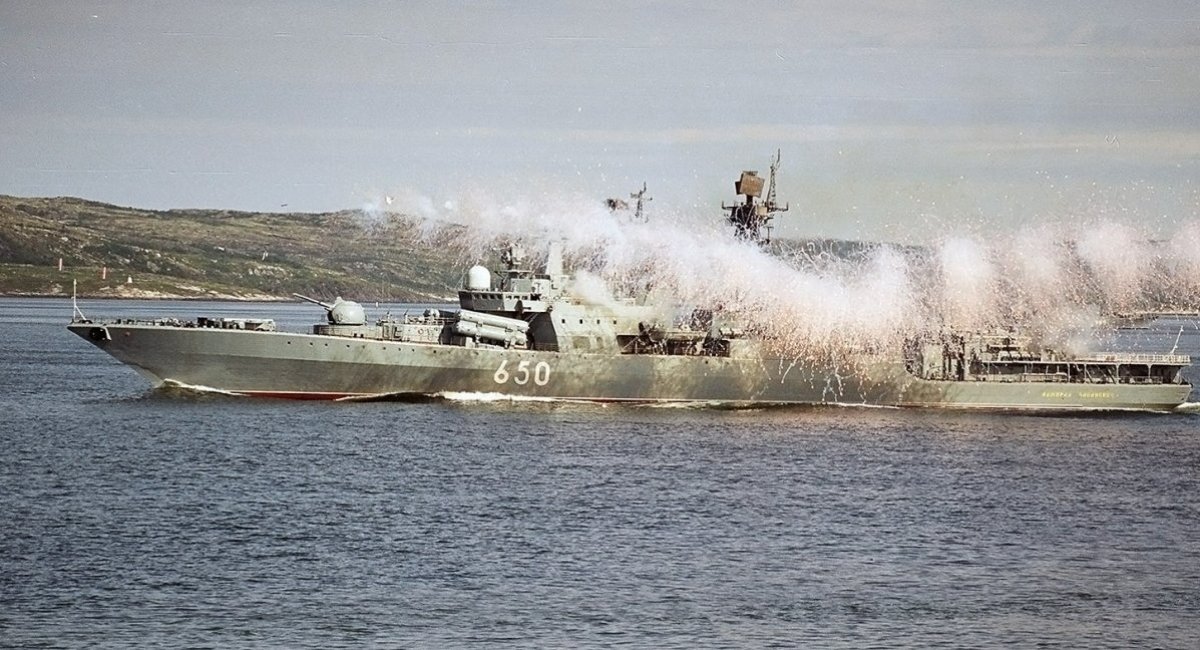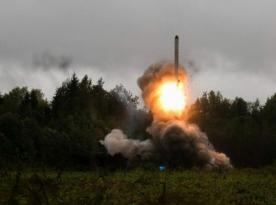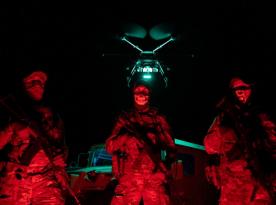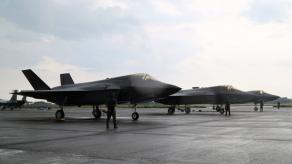A recently published photo in russian media has revealed that the Admiral Chabanenko destroyer remains stuck in an incomplete repair phase with no armaments visible, despite official plans for it to return to service in 2025.
The image below, showing the ship still far from being operational, highlights yet another case where russia's military-industrial complex has failed to meet even its own extended deadlines.
Read more: How russia Faked Creating a New Carrier-Based Fighter for International Attention
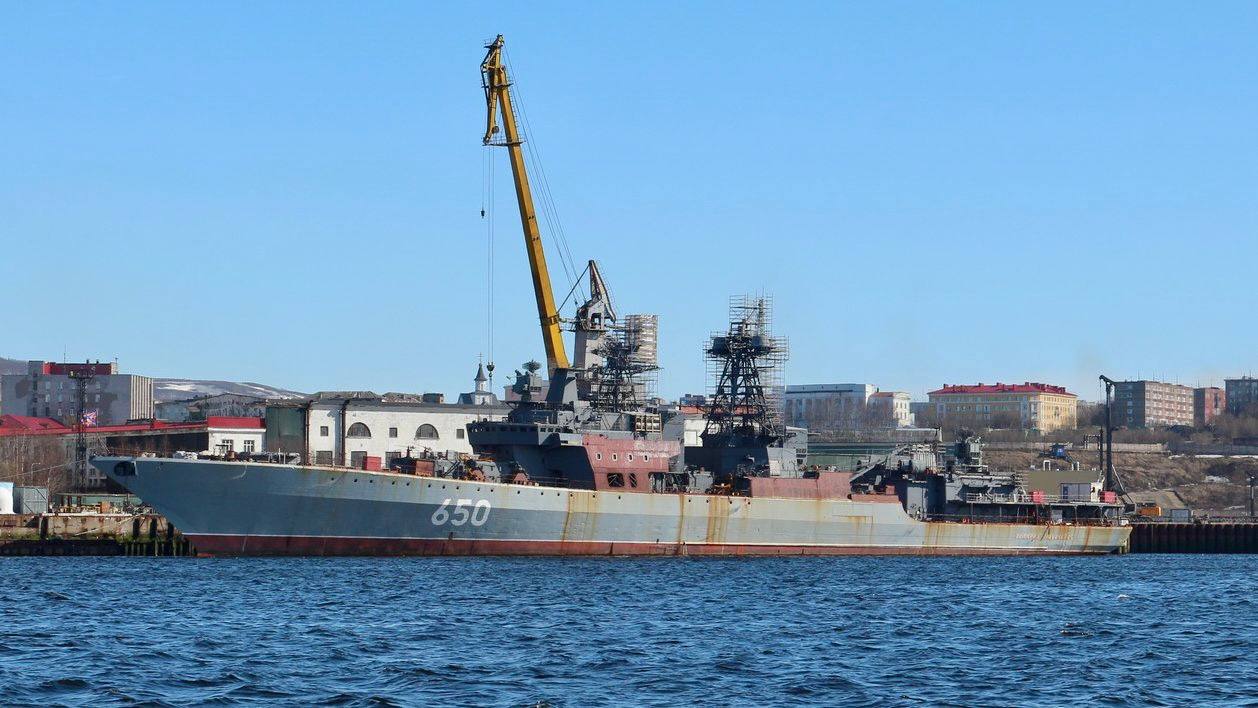
The Admiral Chabanenko, locally classified as Project 1155.1 "large anti-submarine ship" while known in NATO as Udaloy II-class, is technically part of the Northern Fleet of the russian Navy.
The ship was laid down in 1992, commissioned in 1999, and pulled into drydock in 2014 for what was initially described as medium repairs. Over time, the scope expanded into a full modernization program aimed at turning the ship into a frigate-class vessel, particularly by replacing its outdated missile systems.
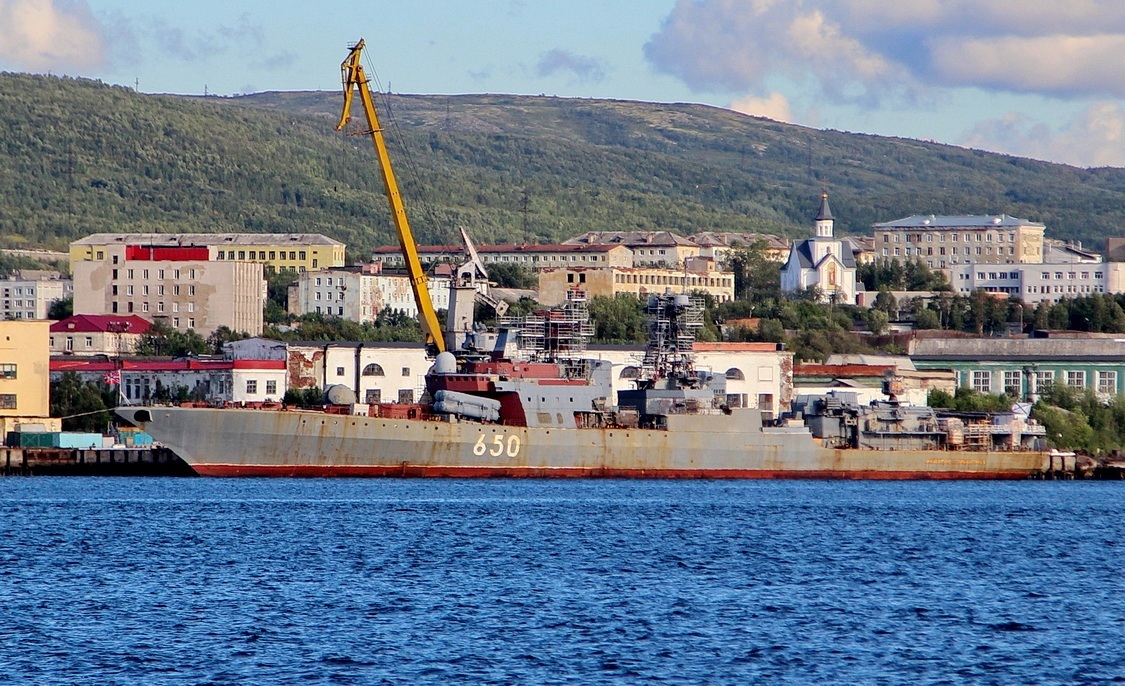
Before repairs, the ship carried two launchers for a total of eight P-270 Moskit anti-ship missiles. The planned upgrade was to outfit it with four launchers for 16 Kh-35 missiles and a universal vertical launch system with 16 cells capable of firing both Kalibr and Zircon missiles.
However, as we can see in the photo, the vessel has not even cleared the basic repair phase, without any armament at all. Eleven years after entering drydock, and with fewer than 15 years of actual service behind it, the ship remains visibly incomplete.
This stagnation stands out especially during a time of full-blown war with Ukraine, when russia would presumably have stronger motivation to speed up restoration of warships that could be used for missile attacks on Ukrainian cities.
Yet this case fits a broader pattern. The aircraft carrier Admiral Kuznetsov has been under continuous repair since 2017 with no clear timeline for return, and the nuclear cruiser Admiral Nakhimov has been in overhaul since 1997, with over $5 billion already spent. In that light, the Admiral Chabanenko’s delays may seem unsurprising — but they are no less revealing.
That even a relatively modest project like the Chabanenko’s upgrade is now years behind schedule indicates deeper structural issues within russia’s naval shipbuilding and maintenance systems. Whether the russian Navy will draw any operational or institutional lessons from this episode remains unclear, but the fact they have slowed down the pace of work even on a frigate-class ship tells a lot.
Read more: russians Grieve the Unfinished Ulyanovsk Aircraft Carrier But Nothing They Can Do



